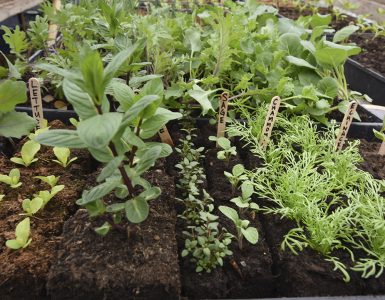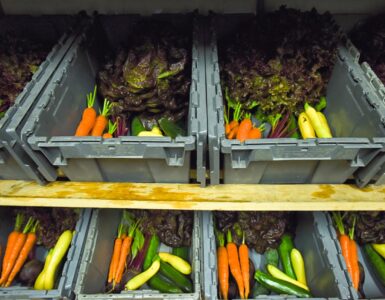It’s been nearly six years since the massive blockades of Collins Bay penitentiary. Since hundreds of people put their bodies in the way of the removal of dairy cattle and the closures of the prison farm. Since two dozen people—and one donkey—were arrested trying to stop what they saw as not only a bad policy decision, but a threat to democratic process.
To people outside of Kingston, hearing about the prison farm struggle for the first time in a burst of national news coverage, the breaking of the blockade probably looked like a defeat.
Instead, those events forged a movement with real staying power. In the days after the blockade, prison farm supporters pooled their money to buy cows from that prize-winning dairy herd, forming the Pen Farm Herd Co-op, and they’ve maintained those genetic lines to reconstitute the herd.
A prison farm vigil has taken place every Monday night across from Collins Bay. Die-hard supporters have been there—whether freezing or sweltering, snow or rain or sunshine—for over 300 weekly vigils.
Now, finally, there is real progress on the restoration of the prison farms. In keeping with a pre-election promise, the federal Liberals have ordered a feasibility study on restoring the two prison farms in Kingston. (Restoration of the other four across Canada doesn’t seem to be on the table.)
As part of that process, the Correctional Service of Canada (CSC) is conducting an electronic survey about the prison farms, online at: www.csc-scc.gc.ca/consult/index-en.shtml
The anonymous survey on “institutional agribusiness,” as they call the prison farms, can be filled out until Aug. 2.
I would encourage you to fill out the survey. It’s a bit on the long side—choosing an answer often generates a new box asking you to expand or clarify—but you can skip questions and still submit the survey. If you are concise, it may only take you five minutes to fill out.
If you want to be more detailed, that’s great, but there are a few key priorities that the community expressed clearly six years ago, and that we need to reiterate now.
First of all, it’s essential that the prison farm land be kept intact. The CSC survey asks: “To what extent do you agree that the land previously used for CSC’s institutional agribusiness must continue to be used for these purposes?”
We need to keep that farmland to feed our community. Covering it with houses or factories would be unacceptable. Much of the best farmland in Canada has already been paved over—it’s underneath Toronto and other cities—and continues to be lost at a dizzying rate. We can’t afford to lose any more if we want to sustain ourselves in a future of global warming and unpredictable energy and water supplies.
And second, we have to emphasize the value of farming, in particular, for rehabilitation. The CSC survey focuses quite a bit on whether prisoners will get jobs as farmers, which has never been the primary concern of prison farm advocates.
Farming can help people to cultivate a wide variety of skills—from mechanical ability to personal qualities like diligence and persistence. But farming is different from most trades, in that caring for other creatures encourages empathy.
We know this in part because prisoners themselves told us that working with the dairy cows, in particular, developed their empathy. That it helped to keep them from becoming hardened by prison.
And while some people want to make prison into a universally terrible and debasing experience, the simple reality is that the vast majority of prisoners are eventually released into the community. Eventually we will pass them walking down the street.
We should make it clear to CSC—on this survey and in other ways—that this matters to us, and that “public safety” should mean something other than just building bigger prisons.
The restoration of the prison farms is still in the earliest stages. It’s happening slowly. And I don’t know how committed CSC is to maintaining the entirety of the farmland.
But here’s what I do know: The strength of the prison farm movement came from the fact that it didn’t just go with the flow. That people were willing to take a stand, and to obstruct business as usual, in order to protect their community and that farmland.
We did it then. And if we have to, we’ll do it again.







